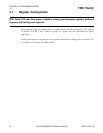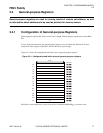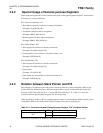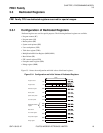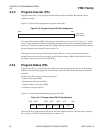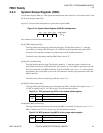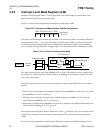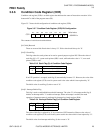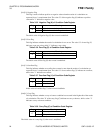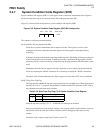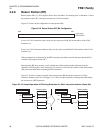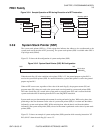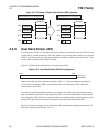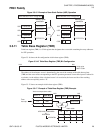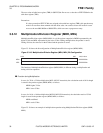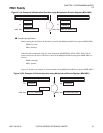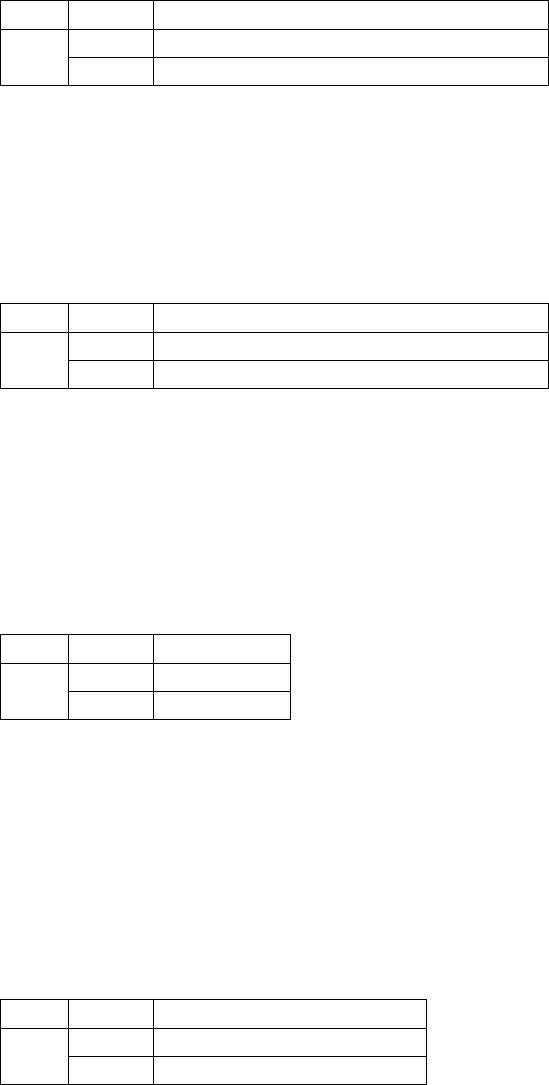
FR81 Family
24 FUJITSU MICROELECTRONICS LIMITED CM71-00105-1E
CHAPTER 3 PROGRAMMING MODEL
3.3
[bit3] N: Negative Flag
This flag is used to indicate positive or negative values when the results of a calculation are
expressed in two’s complement form. The value "0" of the negative flag (N) indicates a positive
value while "1" indicates a negative value.
Table 3.3-5 Negative Flag (N) of Condition Code Register
The initial value of Negative flag (N) after a reset is undefined.
[bit2] Z: Zero Flag
This flag indicates whether the result of a calculation is zero or not. The value "0" of zero flag (Z)
indicates a non-zero value, while "1" indicates a zero value.
Table 3.3-6 Zero Flag (Z) of Condition Code Register
The initial value of Zero flag (Z) after a reset is undefined.
[bit1] V: Overflow Flag
This flag indicates whether an overflow has occurred or not when the results of a calculation are
expressed in two’s complement form. The value "0" of an overflow flag (V) indicates no overflow,
while value "1" indicates an overflow.
Table 3.3-7 Overflow Flag (V) of Condition Code Register
Initial value of overflow flag (V) after a reset is indefinite
[bit0] C: Carry Flag
This flag indicates whether a carry or borrow condition has occurred in the highest bit of the results
of a calculation. The value "0" of the carry flag (C) indicates no carry or borrow, while a value "1"
indicates a carry or borrow condition.
Table 3.3-8 Carry Flag (C) of Condition Code Register
The initial value of a carry flag (C) after reset is undefined.
flag value Meaning
N
0 Calculation result is a positive value
1 Calculation result is a negative value
flag value Meaning
Z
0 Calculation result is a non-zero value
1 Calculation result is a zero value
flag value Meaning
V
0 No overflow
1Overflow
flag value Meaning
C
0 No carry or borrow
1 Carry or borrow condition



